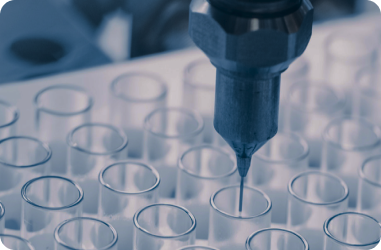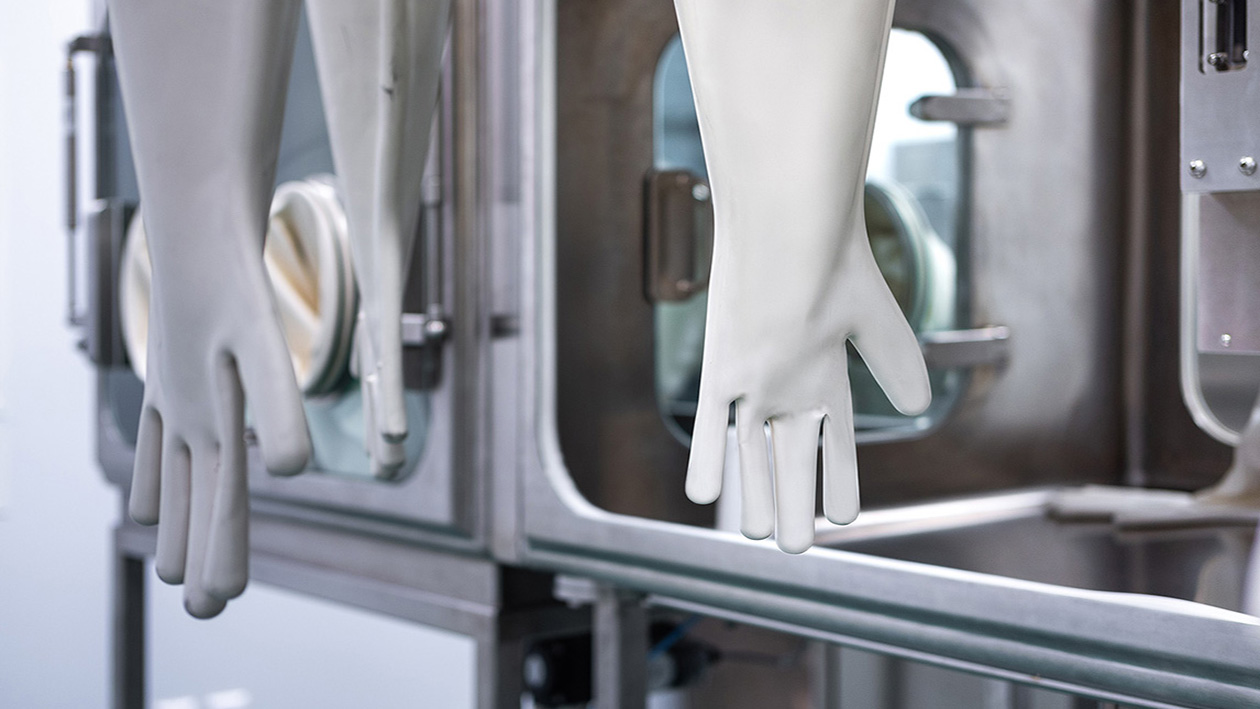Background: Relative humidity is a key factor in the disinfection process.
Aim: To examine the distribution of relative humidity, and the time required to reach its mean value in the target area when using a robotic fogger with 7.4% hydrogen peroxide.
Methods: The study evaluated the device in both stationary and mobile operation modes. In each mode, relative humidity sensors, along with chemical, biological, and enzyme indicators, were employed to assess the disinfection’s effectiveness and consistency.
Results: The device dispersed disinfectant at a rate of 30 mL/min over 45 min in both modes. A shorter time to reach the mean relative humidity is desirable for effective disinfection. It was observed that the mobile mode reached the mean relative humidity 50% faster, maintained this level for an additional 30 min, and achieved an 11% higher relative humidity compared to the stationary mode.
Conclusion: These advancements could assist pharmaceutical manufacturing and healthcare facilities in minimizing downtime during periodic disinfection.
The recent COVID-19 pandemic has highlighted the need to reassess and redefine disinfection practices. Disinfection involves eliminating or neutralizing hazardous substances or contaminants from surfaces, equipment, and objects to ensure they are safe for handling or reuse. This is a critical step in industries such as healthcare, pharmaceuticals, food processing, and environmental remediation. Automated and semiautomated bio-decontamination technologies are designed to enhance the efficiency of these processes while minimizing workers’ exposure to harmful substances. Various technologies are currently in use, each with distinct features, capabilities, and applications, offering specific advantages and disadvantages. While all of these techniques and devices are effective, each comes with its own drawbacks, such as cost of ownership and operation, the time required for effective disinfection, the level of skill needed to operate, and suitability for different target locations. Among them, H2O2-based devices are the most commonly used commercially for various targeted areas.
Download the full white paper below to find out how Enzyme Indicators were used in this study and how they can support your validation processes.

Read about the advantages and benefits of using our Enzyme Indicators for your H₂O₂ bio-decontamination validation processes.

Biological Indicators vs Enzyme Indicators at a glance.

Presentations, white papers, webinars, shared articles, project summaries and product analysis.